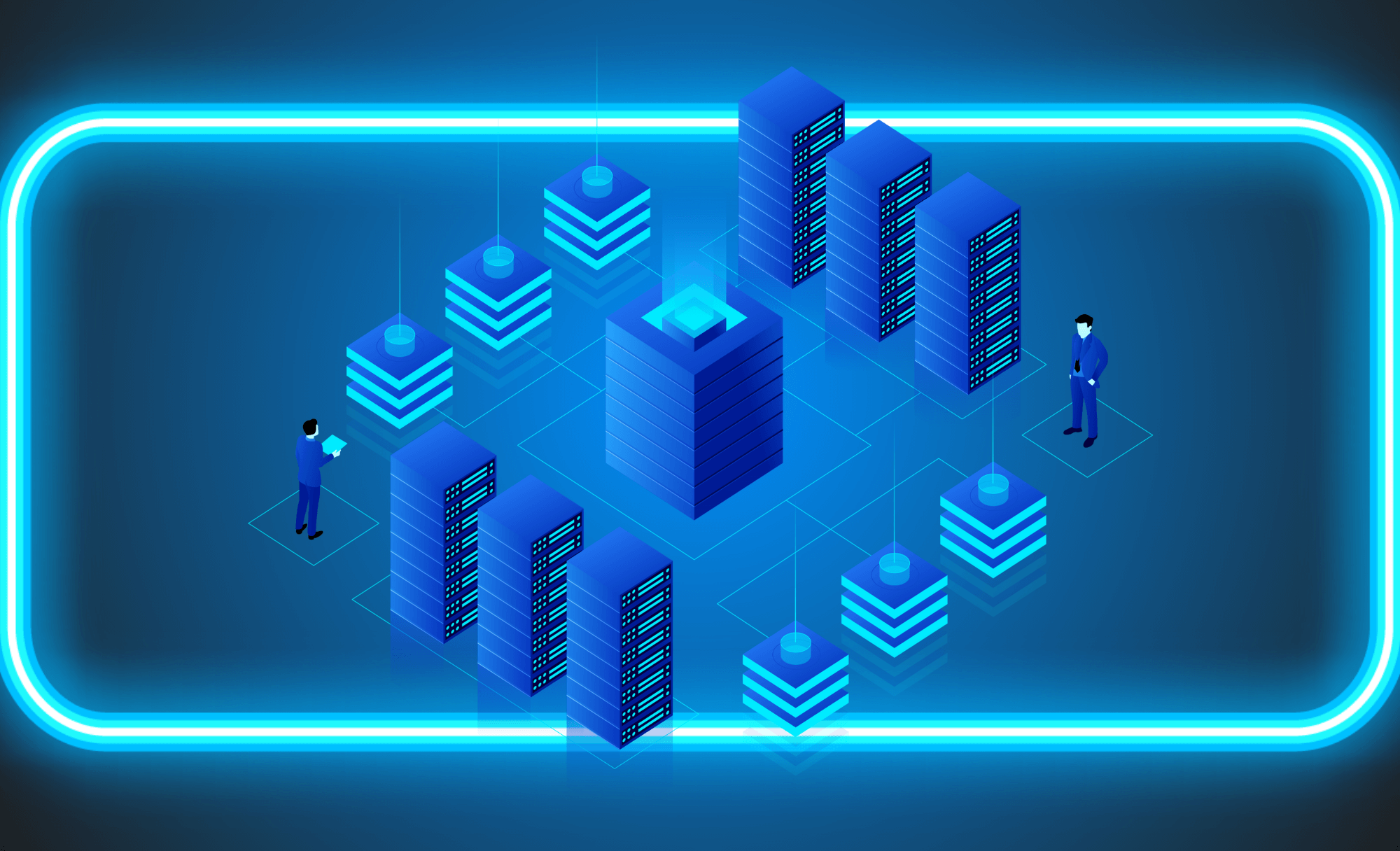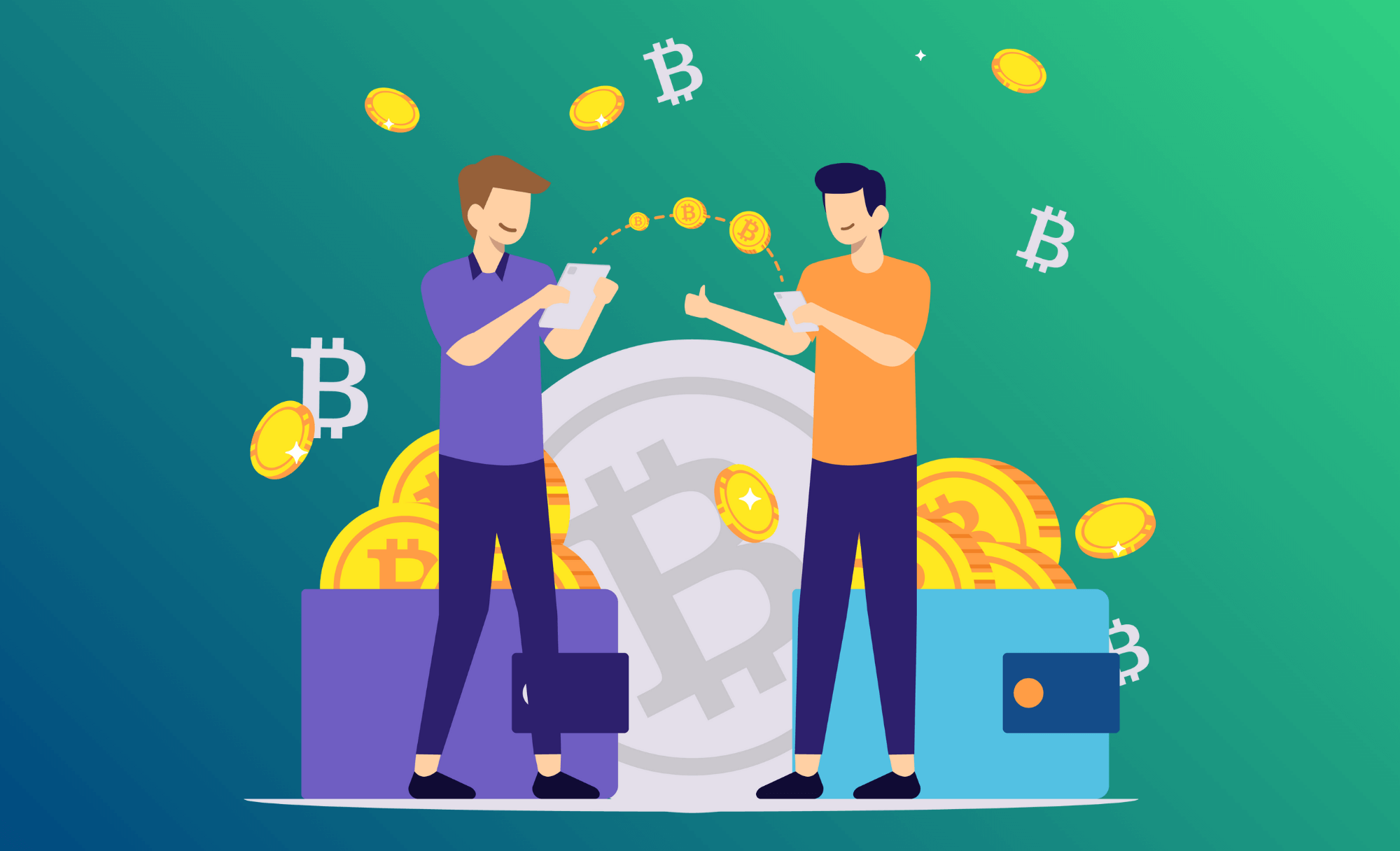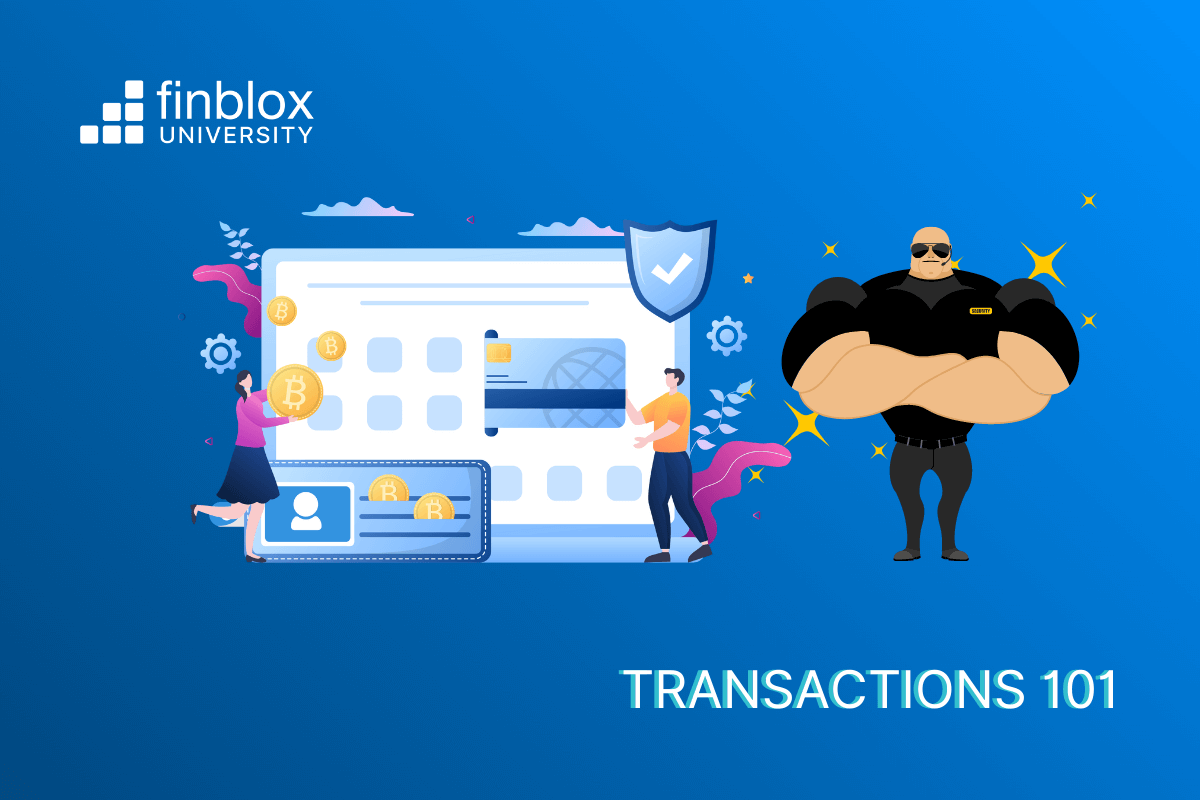Learn everything you need to know about crypto wallets, transactions, and fees!
Every year, millions of dollars in cryptocurrency are lost by users who send their assets to incorrect addresses. A blockchain transaction is designed to be immutable, meaning that the outcome cannot be reversed or changed. To make matters worse, sending your crypto to a nonexistent address will make it disappear forever in what is known as a token burn.
It would be in your best interest to pay special attention to this article, your credentials, and all addresses that you plan on transacting with!
What is a crypto wallet?
A crypto wallet is a highly-secured virtual application where all crypto is sent and stored. Centralized exchanges create a wallet for every user that they can control, while personal wallets like Metamask were designed to be self-managed. There are also hardware wallets like Trezor which provide additional security by being completely removed from the network.
Each wallet contains a public key and a private key. A public key, ironically - can be thought of as a semi-permeable lock that only allows transactions to enter. This public key can receive incoming transactions through a 26-40 bit address, similar to a bank account number.
The only time you can gain access to these assets is if you have the private key, which "opens" the lock and allows you to spend your assets. Because of how the key pairs were generated through an asymmetric algorithm - it is possible to recover the public key as long as you have access to the private key - but impossible to ever recover the private key if you only know the public key!
In a nutshell - don't lose your private key. Most people never directly view their private key because it's a very long 256-bit number. Instead, your wallet ID and your password grant access to your wallet, which in turn grants you private key (transaction) privileges.
The final line of defense in most wallets is a recovery phrase, which represents the private key in a human-readable form. This phrase is usually 12 - 24 seemingly unrelated words, to be entered if the user forgets their password. Lose this, and you can say goodbye to all your hard-earned crypto!
How can I best secure my wallet?
Wallets are inherently secure, but there are a slew of human errors that can compromise your assets. Here are some of our best tips and practices:
- Never, ever give out your wallet login credentials to ANYONE - not digitally, not verbally, not under any circumstances.
- Avoid storing your credentials digitally on your computer or phone! While it is acceptable to write them down on a piece of paper - keep in mind that this can be easily lost as well.
- If you ever have to copy and paste anything sensitive, be sure to clear your clipboard afterwards.
- Enable 2FA (two-factor authentication) on your phone to verify your identity on your computer and other devices.
- Avoid SMS and OTP codes, as these can be intercepted wirelessly.
- Check the URL of every website to see if it perfectly matches the real deal before using your login credentials. Phishing is one of the most common threats.
- Change your wallet and email passwords regularly and never use the same password for more than one account.

What is this "network" on my transaction screen?
The "transfer network" drop-down selection you might see on some transaction screens is not just the name of the network, but the token standard used. A token standard simply refers to an interface and set of rules that a smart contract must follow to be compatible with common standards on the network. Some of the most commonly-recognized token standards are ERC-20, BEP-2, BEP-20, and TRC-20.
Carefully follow your exchange or wallet deposit/withdrawal instructions for filling out this section, and you should be fine.
What sort of fees can I expect to pay per transaction?
- Exchange fees are charged as a small percentage of every transaction, ranging from 0.1% to 0.5% on average. Both centralized and decentralized exchanges charge this fee, and may give you discounts depending on your trading volume.
- Network fees are charged and paid to the miners on the network that are responsible for placing your transactions on the blockchain. In Ethereum, the network fee is also known as a gas fee. Gas fees are some of the highest fees that any user can pay, and increase when the demand to transact on the network exceeds the supply of processing power (throughput).
- Bank transfer fees are charged if you are moving fiat money into your exchange account. Some methods of transfer such as ACH are free.
- Debit/credit card fees are charged if the exchange allows you to buy crypto using your cards. This is typically a much higher fee than if you were to deposit that amount via your bank.
- Deposit fees are rare, but sometimes charged for moving your crypto onto an exchange account. Please do not confuse this with bank transfer fees, which are a different kind of deposit. No worries, you will not be double-charged!
- Withdrawal fees are the same thing as network fees, but often used confusingly-so. Basically, the network miners are doing work for you to pull out your assets from the blockchain.
How long does a transaction take to complete?
The time it takes to complete a transaction varies wildly from a matter of seconds to hours and even days! There are several factors that affect this:
- Network congestion means longer wait times, and higher fees being paid to miners. If your fee is too low, miners may be rejecting it and delaying your transaction. Etherscan is a popular platform that allows you to view the current range of gas fees being paid - so that you can set yours to have a higher chance of being processed.
- Larger transaction sizes require more confirmations. One confirmation is equal to one block being added to your transaction, and is a way of testing that your transaction is legitimate. If you recall, proof-of-work consensus produces one new block roughly every 10 minutes. Different exchanges require a different number of confirmations - Coinbase requires 6 for Bitcoin. That's a whopping 60 minutes to complete! Fortunately, not all confirmations are completed as slow as Bitcoin; Ethereum can do 20 confirmations in about 5 minutes.
A good rule of thumb to follow is that if your transaction takes more than several days to go through - try again and be sure to set your fee limit higher this time around!

Can you walk me through a sample transaction?
The transaction display can vary wildly depending on the user interface. For ease of reference, let us call the sending wallet the origination address and the receiving wallet the destination address.
Most origination address screens might show:
- A blank field to enter the destination address that the crypto will be going to
- Number fields to indicate how many tokens (or the fiat equivalent) that you wish to send
- A built-in QR scanner to scan the destination address
- A drop-down menu to select which network to use (ERC-20, BEP-20, etc)
The destination address screen might show:
- A QR code to scan that will provide the destination address
- A button to copy the destination address, so that you can paste it in the origination address screen
Be sure to check the destination address to see that it matches, and that you've modified any necessary prefixes! A prefix is usually the first 1 to 3 characters that designates a destination. Some chains require that you modify the prefix to use their network; otherwise it will not work.
Finally, be sure that you've chosen the correct network and amount for the transaction - and hit send!
How do I check if my transaction went through?
There are different block explorers that belong to their respective blockchains that will allow you to search transactions by address, the transaction hash/ID, or by block. A quick Google search should help you find the one you need!
The Takeaway:
Navigating wallets, addresses, and transactions can be tricky if a user is not vigilant about entering the correct information - and aware of how their network activity impacts the fees. For this reason, it is recommended to hold your assets for as long as possible in a single wallet, and to avoid smaller, more frequent transactions that might incur fees.
Finblox is a reliable crypto earnings platform that was designed to secure your funds in a military-grade wallet, while simultaneously giving consistent returns that rival those of regular traders. Enjoy peace of mind and insurance through our partners Fireblocks and Coincover! For more information, please see our website here.
Thanks for reading! Please subscribe if you haven't already - and stay tuned for our next article on how to conduct due diligence when choosing crypto assets!
This content is provided for informational purposes only, and should not be relied upon as legal, business, investment, or tax advice. You should consult your own advisers as to those matters. Charts, graphs and references to any digital assets are for informational and illustrative purposes only.



